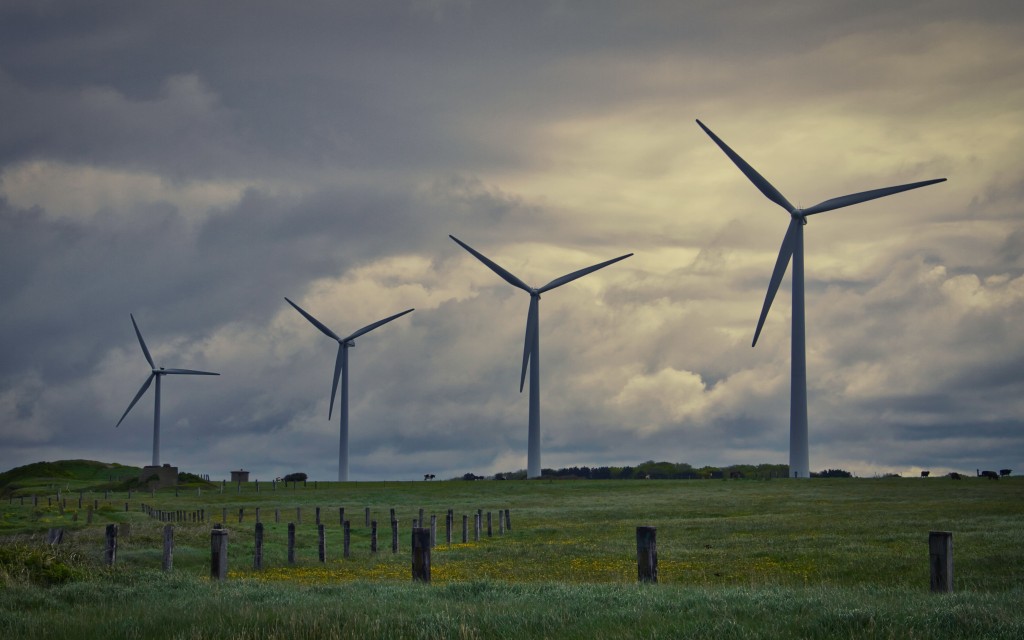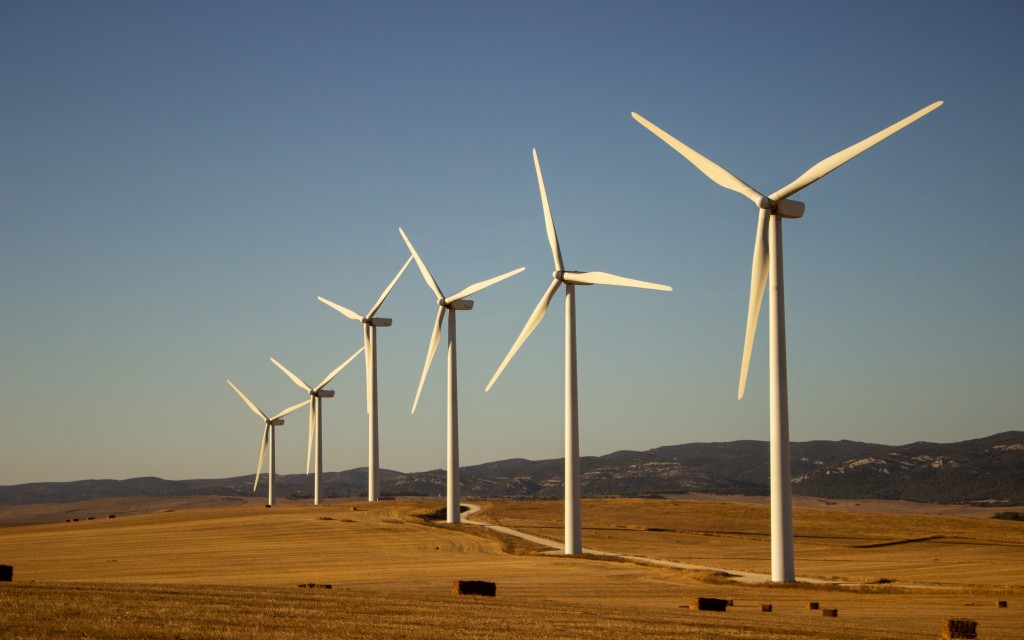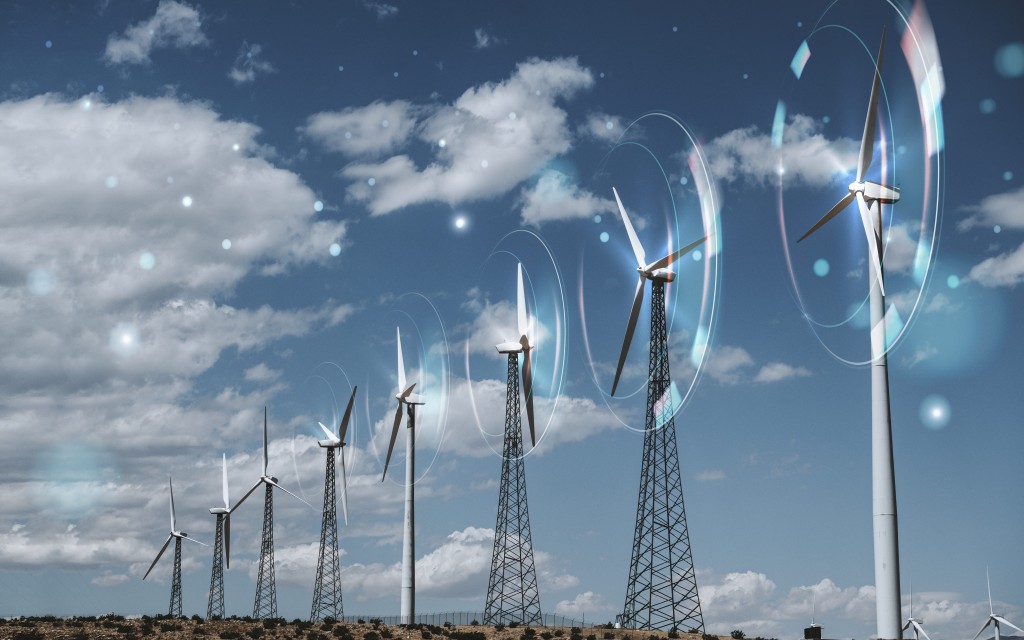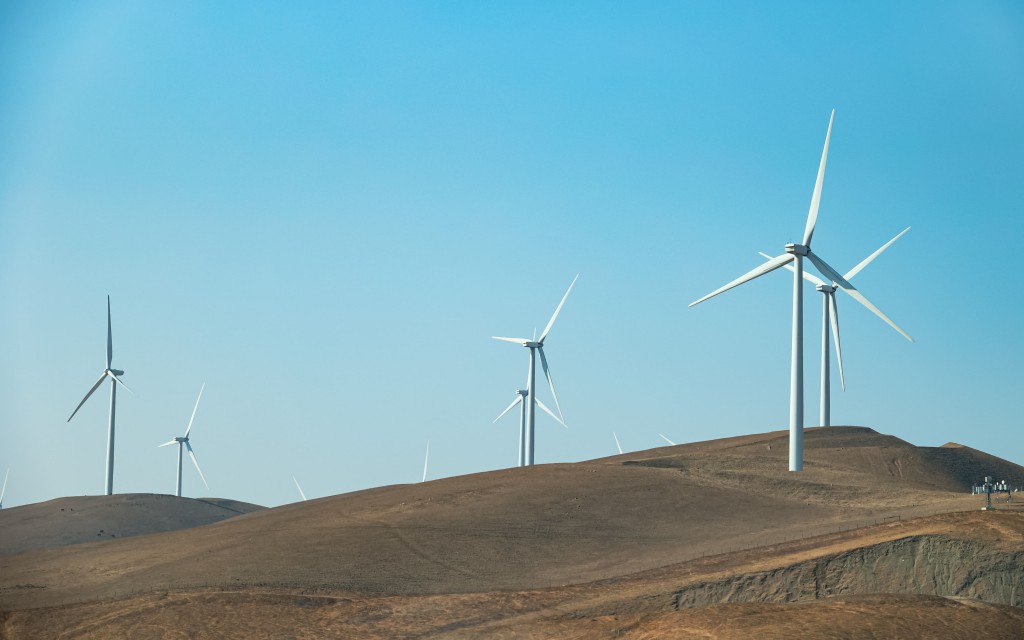In the quest for renewable energy sources, wind power has emerged as a viable and sustainable solution. And at the forefront of this revolution are leading manufacturers, who are taking the concept of wind turbines and turning them into a reality. Join us as we embark on a fascinating journey. Tracing the path of a wind turbine from its inception in a state-of-the-art factory to its graceful ascent into the skies. From the meticulous design and engineering process to the intricate assembly and testing procedures. We will delve into the intricate steps involved in bringing these towering structures to life. Along the way, we will explore the innovative technologies and sustainable practices that make these wind turbines a truly remarkable feat of engineering. So, fasten your seatbelts and get ready to be swept away by the awe-inspiring journey of a wind turbine, from concept to reality.

Overview of Wind Turbine Manufacturing Process(Manufacturer of wind turbines)
The manufacturing process of a wind turbine is a complex and multistage endeavor that requires careful planning, precision engineering, and meticulous attention to detail. It involves several key steps that transform the initial concept into a fully functional and efficient machine. Let's take a closer look at each stage of this remarkable journey.
Designing a wind turbine: From concept to blueprints(Manufacturer of wind turbines)
The journey of a wind turbine begins with a concept. An idea that will eventually take shape as a towering structure harnessing the power of the wind. The first step in the design process is to create detailed blueprints that outline the dimensions, specifications, and functionality of the turbine. These blueprints serve as a roadmap for the manufacturing process, guiding engineers and technicians throughout the entire production cycle.
Sourcing materials for wind turbine production(Manufacturer of wind turbines)
Once the blueprints are finalized. The next step is to source the materials required for the production of the wind turbine. The materials used in wind turbine manufacturing must be of high quality and durability to withstand the harsh weather conditions and constant exposure to the elements. Common materials include steel for the tower, fiberglass or carbon fiber for the blades, and various alloys for the nacelle, which houses the turbine's generator and other critical components.
Fabricating the major components: Tower, blades, and nacelle
With the materials in hand, the fabrication process begins. The tower, blades, and nacelle are manufactured separately, each requiring specialized techniques and equipment. The tower, typically made of steel, is constructed in sections that are then assembled on-site during installation. The blades, on the other hand, are crafted from lightweight yet strong materials like fiberglass or carbon fiber. Carefully shaped and balanced to maximize energy capture and minimize noise. The nacelle, often the most intricate part of the turbine, houses the gearbox, generator, and control systems, requiring precise engineering and assembly.
Assembly and quality control at the manufacturer's factory
Once the major components are fabricated, they are transported to the manufacturer's factory for final assembly. This is where all the pieces come together, and the wind turbine starts to take shape. Highly skilled technicians work meticulously to ensure each component is correctly installed and properly aligned. Additionally, a comprehensive quality control process is implemented to verify the integrity, functionality, and safety of the turbine. This includes rigorous testing of various systems and components. Such as the gearbox, generator, and safety features, to ensure optimal performance and longevity.
Transportation and logistics: Moving a wind turbine to its installation site
Transporting a wind turbine from the manufacturer's factory to its installation site is no small feat. Due to their large size and weight, special transportation methods are required. The tower sections, blades, and nacelle are carefully loaded onto specialized trailers and transported by road or sea, depending on the distance and location of the installation site. This process requires meticulous planning and coordination to ensure the safe and timely delivery of each component.
Installation and erection of a wind turbine
Once the components arrive at the installation site, the process of erecting the wind turbine begins. The tower sections are assembled using cranes and other heavy machinery, carefully lifting each section into place and securing them together. Once the tower is complete, the nacelle is hoisted to the top and mounted on the tower. Finally, the blades are attached, and the wind turbine stands tall, ready to harness the power of the wind.

Testing and commissioning: Ensuring optimal performance and safety
Before a wind turbine can generate electricity, it must undergo a series of tests to ensure its optimal performance and safety. These tests include checking the alignment of the blades, verifying the functionality of the generator and control systems, and conducting load tests to measure the turbine's response to different wind speeds and conditions. Once all tests are successfully completed, the wind turbine is commissioned and ready to start producing clean, renewable energy.
Maintenance and ongoing monitoring of wind turbines
Once a wind turbine is operational, regular maintenance and monitoring are essential to ensure its continued performance and longevity. This includes periodic inspections, cleaning of the blades, lubrication of moving parts, and the replacement of worn-out components. Additionally, advanced monitoring systems are often installed to track the turbine's performance in real-time, allowing for early detection of any issues and prompt maintenance interventions.
Environmental and economic benefits of wind turbines
Wind turbines offer a multitude of environmental and economic benefits. By harnessing the power of the wind, they produce clean and renewable energy. Reducing reliance on fossil fuels and lowering greenhouse gas emissions. Wind energy also contributes to local economies, creating jobs in manufacturing, installation, and maintenance. Additionally, wind turbines can help diversify energy sources and enhance energy security, reducing dependence on imported energy.

Conclusion: The future of wind energy and its impact on global sustainability(Manufacturer of wind turbines)
As the world looks for sustainable solutions to the growing energy demands, wind power continues to gain momentum. The journey of a wind turbine, from concept to reality, showcases the remarkable engineering and technological advancements that have made wind energy a viable and efficient source of electricity. With ongoing research and development, we can expect even more innovative designs and improved efficiency in the future. Wind turbines are not only transforming the energy landscape but also playing a crucial role in mitigating climate change and ensuring a more sustainable future for generations to come.
In conclusion, the journey of a wind turbine from a leading manufacturer's factory to the skies is a testament to human ingenuity and our ability to harness the power of nature for the greater good. It is a journey that combines innovation, engineering excellence, and a commitment to sustainability. By delving into the intricate steps involved in the manufacturing, installation, and operation of wind turbines. We gain a deeper appreciation for the remarkable feat of turning a concept into reality. So, let us continue to embrace renewable energy solutions like wind power and work towards a greener and more sustainable future.
